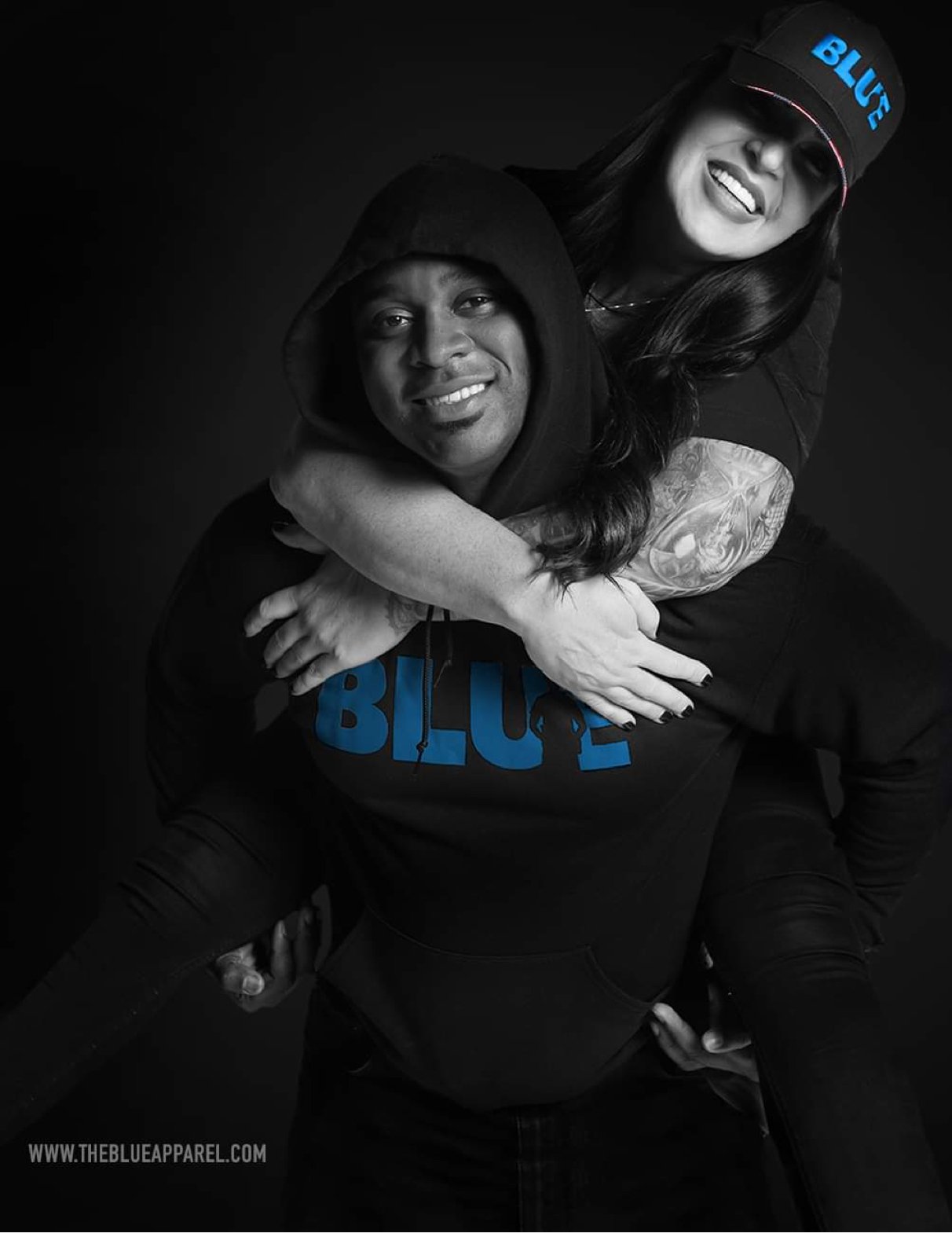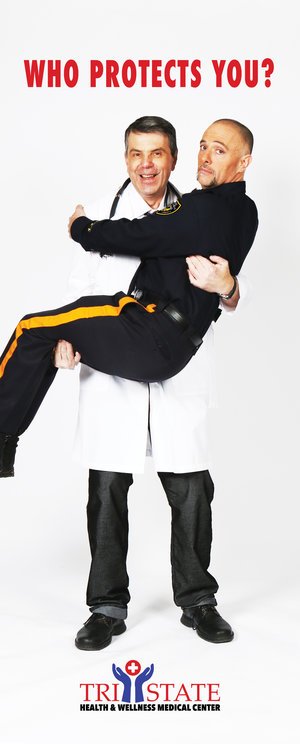Technology Feature - Police Body Cameras
/Police Body Cameras
By Danny Reynoso
In recent years, the words police brutality has appeared on every news outlet possible. There are tons of recording devices all over. Whether it’s a security camera on an apartment building or at a gas station or from a personal cellphone, all of these pieces of footage are coming together to capture different time frames of the same event. The questions that need to be answered are what really happened in these moments and what did the officer see that perhaps the additional footage did not. Body cameras capture this angle.
When body cameras were first implemented, some thought they would infringe on the privacy needed for certain police activity as well as civilian privacy and police officers’ personal rights. While there is some conviction in this statement where privacy laws come into play; they hold little power over the counter arguments of safety and protection of those involved in these dangerous encounters. This applies to both the police officer(s) and any civilian(s) involved. A police officer labeled with police brutality can have their entire career ruined. Their faces get plastered around the public and their lives then become on the line as their career falls. Whether that claim has merit or not is something that falls into the hands of our justice department, and with the help of body camera footage, many officers are exonerated and some are clearly wrong.
Body cameras can determine whether or not police-civilian encounters required the use of deadly force. Did the civilian threaten police with a weapon, or start a physical altercation with the officer that escalated to a deadly force situation? That is something that a video shot midway into an officer subduing a suspect cannot tell. The stories right now that can be easily shared on social media have created an environment where pictures and videos can be taken out of context. Body cameras fill in the gray areas.
But body cameras are not a perfect solution. There are pros and cons to having police officers wear body cameras. First, body cameras increase the safety of officers and the public. At the same time, the camera can negatively affect the physical and mental health of the officer. The camera improves police accountability and protects officers from false accusations of misconduct. At the same time, it invades the privacy of citizens, exposes victims and witnesses of crimes, and damages police-public relationships. Finally, the cameras are a good tool for learning and have a strong support from members of the public. But in the end the cameras are expensive and can be unreliable at times.
However, body cameras offer the advantage of being able to tell the full story of an event. They eliminate the need for fragments of videos and pictures taken by people walking past in the middle of what is happening. Body cameras can be used for the safety of the officer and the civilian. They show an unbiased image of the situation and are tools that can be used for the good of all.










